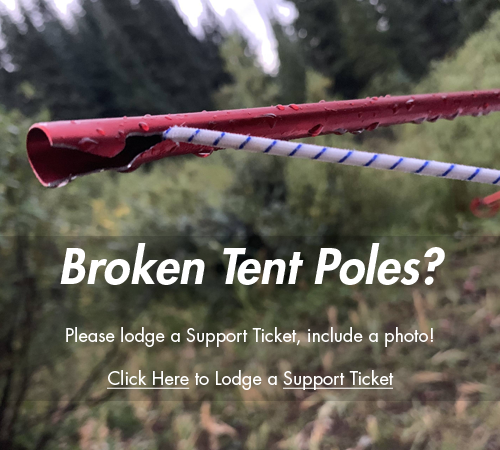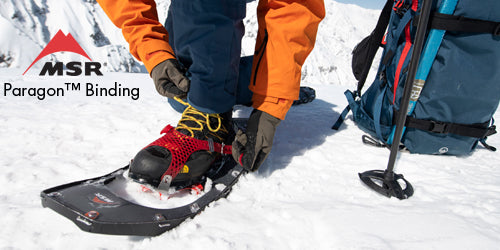
On March 30, 2016, during routine equipment inspections, one customer detected cracks on the stainless steel arms on three ASAP LOCK units. In light of this information, a complete inspection of Petzl ASAP LOCK inventory was conducted and no cracked ASAP LOCK arms or Side plates were found.
Mechanical tests conducted by Petzl on the ASAP LOCK with intentionally cut arms and Side plates showed that a crack presents no additional risk to the user.
The first investigation concluded that the cracks could be the result of a combination of the riveting parameters that create a potential residual tensile stress in the stainless steel, and the heat treatment that results in this part being too rigid.
Based on these observations, Petzl has implemented technical modifications in the manufacturing process to eliminate the possibility of this phenomenon.
These results were publically published on April 18, 2016:
Download Results
Since April 18, 2016, there have been a very small number of additional reports of cracks on the clevis arm and of a crack on the stainless steel side plate of the wheel.

To date, the global returns rate for this phenomenon is very low. The returns rate for normal environments is close to Zero (0.001%), but is higher (0,3%) in corrosive environments (i.e.: offshore).
Risk to Users:
Following the return of some cracked ASAP LOCK units, further EN 12841 static and dynamic tests were carried out.
These additional tests have shown that a cracked ASAP LOCK arm or locking wheel side plates presents no immediate risk to the user providing the device is used as described in the product technical instructions.
Reminder: the ASAP LOCK must always be used with an ASAP’SORBER or ABSORBICA (L57) shock absorbing lanyards.
A metallurgic analysis has been conducted on returned cracked ASAP LOCK units. This analysis confirms our earlier investigation hypothesis that the cracks are the result of a combination of the riveting parameters that create a potential residual tensile stress in the stainless steel and the heat treatment that results in this part being too rigid.
We have also concluded that a corrosive environment is playing a part in exacerbating the appearance of cracks in stainless steel which is too rigid.
Corrective actions taken by Petzl:
Petzl confirms technical modifications implemented in the manufacturing process to the Clevis Arm and Wheel side plates eliminate the possibility of this phenomenon occurring in the future (see April 18, 2016, communication).
If you encounter this problem:
- In the unlikely event you find a cracked ASAP LOCK, immediately remove your device from service and contact the Petzl distributor in your country. They will advise you on the return and replacement procedure.
- If this is not possible (e.g. remote work location), you can finish your day’s work and then retire the device and return it for replacement, as the testing has shown there is no immediate risk to the user.
- The warranty for this defect has been extended to 10 years.
Petzl is committed to continuously improve its products to serve the communities with high quality tools and continue to earn the trust of its customers. We are sorry for any inconvenience that this issue may create.
FAQ's
-
What do I do if I find a crack on my ASAP LOCK?
Stop using the device and contact your country’s distributor who will be able to talk you through the returns and replacement procedure.
-
If I discover a crack on my device during a work shift, do I need to stop using it immediately?
If it is convenient to do so, you should swap it out immediately.
If this is not possible, you can finish your day’s work and then retire the device and return it for replacement, as the testing has shown there is no immediate risk to the user. You should not continue to use the device on a longer term if it has developed a crack.
-
Will all ASAP LOCK units produce cracks at some point?
No. While this is not linked to a specific batch, not every ASAP LOCK on the market will develop this phenomenon.
The current global returns rate is below 0.03%, and although we know there will be more cases, we do not expect it to rise higher than approximately 1%.
-
Does this safety notice affect the ASAP (B71AAA)?
No. It only affects the ASAP LOCK (B71ALU).
-
Would an ASAP LOCK with a crack pose any additional risk in a rescue situation where you will have a two person load?
No. In a rescue situation with a two person load, the ASAP LOCK must always be used with an ABSORBICA (L57) shock absorbing lanyard which limits the dynamic force to less than 5kN. We know from our static and dynamic testing that even with the presence of a crack, the device would not fail at this force.
NB: the above advice only applies if the ASAP LOCK is being used with an ABSORBICA (L57) which is designed for use with a two person load.
Reminder: ASAP’SORBER units are not recommended for use with the ASAP LOCK during an accompanied two person rescue procedure.
-
Will this notice affect any new ASAP LOCK produced?
No. As of July 8, 2016, a new heat treatment process has been introduced on the stainless steel components and the riveting parameters have also been adjusted to reduce the residual stress placed on the stainless steel. This new manufacturing process will greatly reduce the possibility of this phenomenon occurring in the future.








